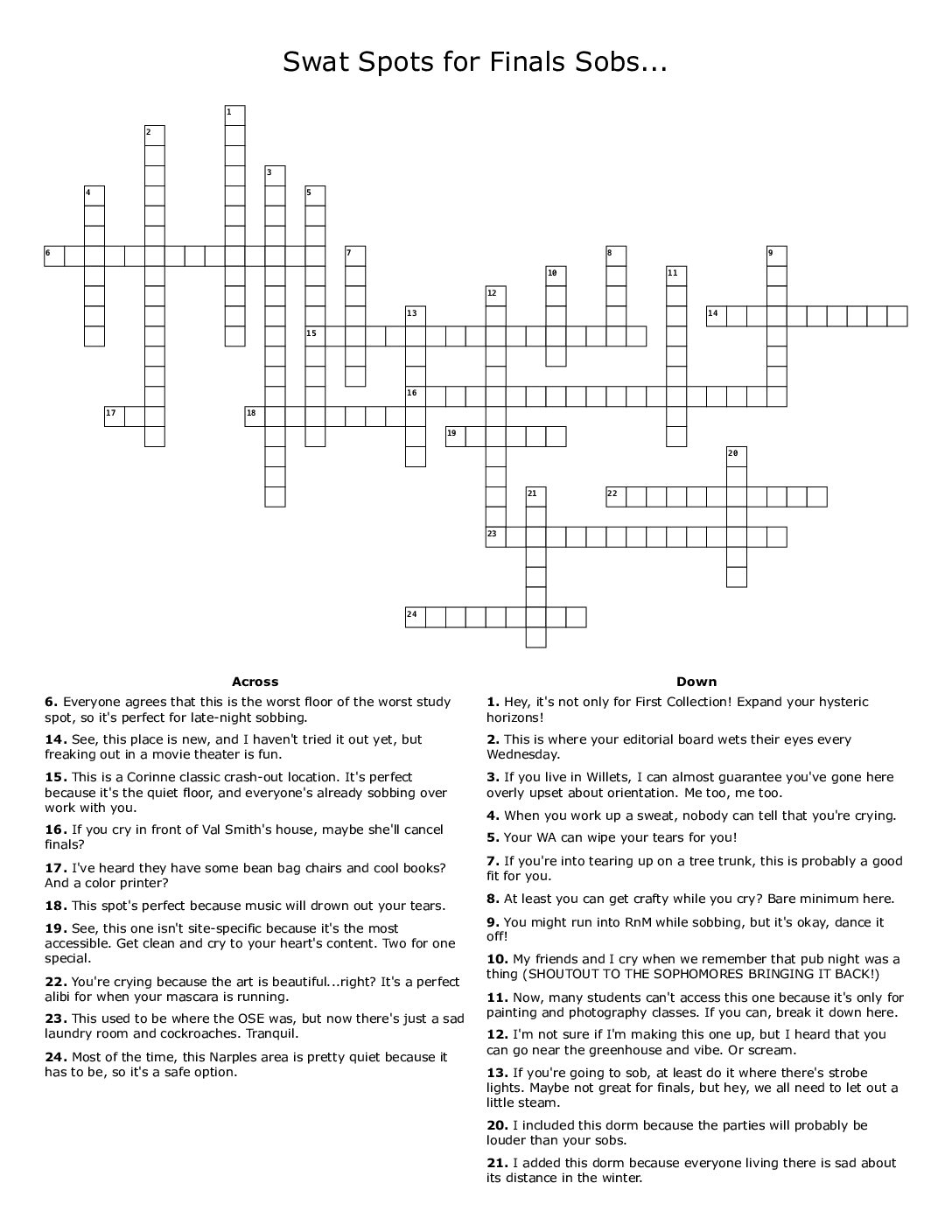Editor’s note: This article was initially published in The Daily Gazette, Swarthmore’s online, daily newspaper founded in Fall 1996. As of Fall 2018, the DG has merged with The Phoenix. See the about page to read more about the DG.
 Photo by Jiuxing June Xie
Photo by Jiuxing June XieTomoko Sakomura, Assistant Professor of Art History, gave a faculty lecture on Wednesday in the Scheuer Room of Kohlberg Hall. In her lecture, Sakomura spoke on her current research, which deals with analyzing and interpreting two screen paintings that together depict the “Thirty-Six Immortal Poets” of Japan.
Sakomura also delved into the history and tradition of Japanese poetry performances, as well as probing the hierarchal organization of the poets depicted in the two screen paintings. Sakomura’s findings are especially innovative in this particular field because Japanese screen art is seen as work made to be “viewed;â€? therefore, it is typically studied as a singular visual entity. Sakomura, however, explained that she approaches these pieces as works meant to be understood in a specific historical and social context, and even interactively.
The two related screen paintings are physically separate, but are compositionally connected in depicting the 36 poets. This piece is especially monumental because of the large-scale rendering of the poets, as well as the calligraphy created by artist Nobutada, which is inscribed onto the piece.
The eleventh-century poet Fujiwara no Kinto compiled this list of “Thirty-Six Immortal Poets Poets” as exemplars for future poets to study; since then, these poets and their verses have been immortalized through more works of art.
In addition to examining traditional Japanese poetry matches and performances, Sakomura also closely analyzed the facial expressions and gestures — including body language and material accessories — of the poets. Compositionally, Sakomura deduced that the work would make the most sense with an individual standing between the two screens.
In the tradition of Japanese poetry contests, the retired Emperor of Japan would be the individual standing between the two screens. The Emperor metaphorically becomes one with his past and future lineage through this act of summoning the poets to his court for a competition of words.
The compilation of evidence has led Sakomura to realize the politicized and ritualistic nature of the practice, as well as the significance of such a piece of work. The two screens serve three main purposes: to iconize the 36 immortal poetic geniuses, to direct attention to the importance of the Emperor, and to create a connection between contemporary poets and their poetic ancestors.













